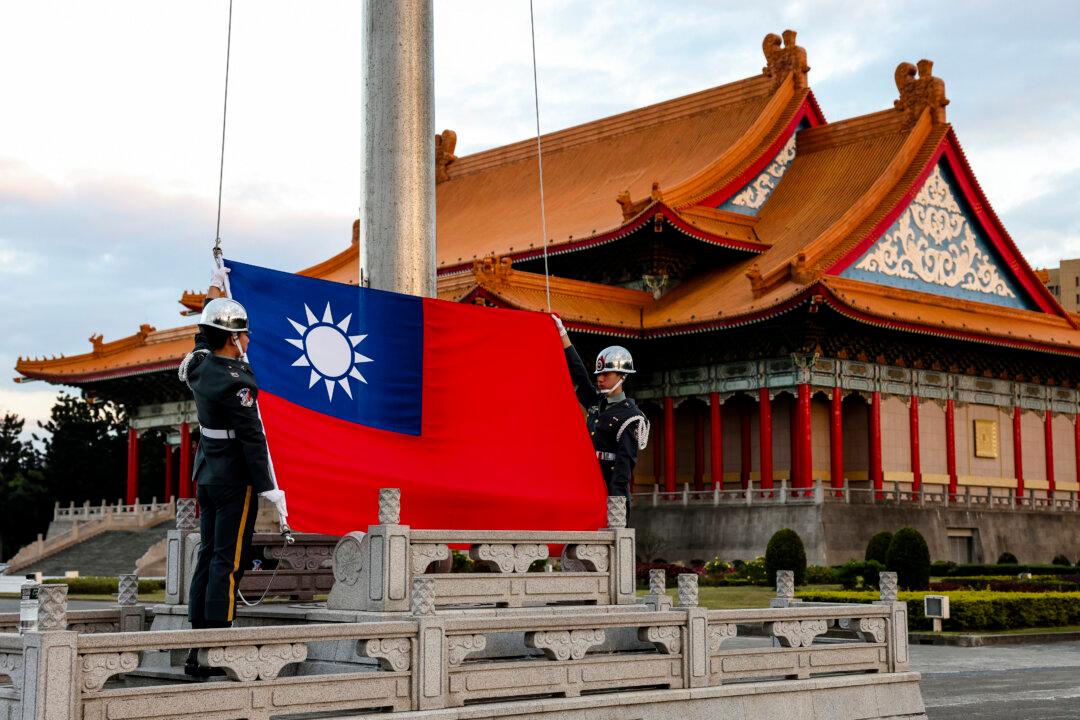Nepal, a landlocked nation sandwiched between India and China, has traditionally relied on Indian ports for trade with other countries, as Nepal and India have enjoyed friendly ties since the 1950s.
But now, the Indo–Nepal relationship looks to be undercut by China, after the latter announced a new trade agreement with Nepal.





